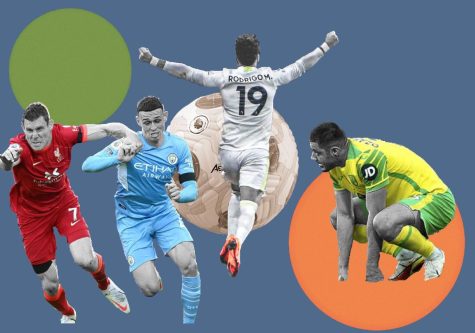THE INSUFFERABLE FLAWS OF SUBURBIA
HOW THE UNINTENDED EFFECTS OF SUBURBIA CAUSE NUMEROUS INCONVENIENCES
By Mason Harris ’24
I am suburban; I’m of the suburbs. I’ve spent the entirety of my life in a suburb in South Aurora, right on the border of Centennial. Suburbs are nostalgic. Whether it’s falling asleep on the way back to your cozy, secluded house from the airport or going to the local mall with some old friends, the suburbs are safe havens.
I encourage you to take a step outside of your house. Open the garage, grab your headphones, and take a brisk winter stroll in the beautiful Coloradan wilderness. The images of Colorado rush through your head, the beautiful snow-capped mountains, glistening as the sun rises. Yet, when you near the end of the block, you see a six-lane road, full to the brim of cars. The fresh air that fills your neighborhood turns to filth. You try to cross the street as the light turns red, but a car hastens through the intersection at the last second. You narrowly escape a devastating accident. You look ahead, expecting trees, glistening snow, and other people. Yet, all you can see is an endless stream of cars rushing down the street.
Suburbia is a distinctly American concept. Some of the greatest cities in the nation have grown alongside
the creation of the car. On the contrary, some of the most famous cities in the world, such as Amsterdam, Berlin, Paris, London, and more, developed hundreds of years prior to the invention of the car. People gathered in town squares, markets, and pedestrian streets: all distinctly European concepts.
Following World War II, the nation developed an unmistakably clear future: the nation would develop alongside the new, futuristic automobile. One could travel the entire span of the East Coast in the mere span of a few days, at their own convenience. New cities, such as Houston, arose as a result of the car. Highways were the new priority, not town squares. Now, people could live in seclusion and travel to the city on their own terms. The suburb would exist in its own region, somewhere between the country and the nearest city. It was a remarkable, innovative idea that no country had undertaken.
“Suburbia is too close to the country to have anything real to do, and too close to the city to admit you have nothing real to do,” said Sloane Crosley, author of I Was Told There’d Be Cake, a book about the painstaking flaws of the American model of suburbia.
Like almost everything in life, the model of suburbia was too good to be true. Soon, the government bulldozed historic towns to add additional lanes. Highways now run rampant through every part of the country. There are at least a dozen ways to reach a destination, all out of convenience. Yet, the first thing an American driver will tell you is that the traffic is horrific, excruciating even. Car dependency, an unequivocally clear effect of suburbia, was somehow pushed to the back burner of national issues. Now, a number of unrivaled effects have arisen out of car dependency, threatening the very existence of the planet.
Yet, ignoring the global threat that the planet currently faces, the model of suburbia has had much more localized impacts than previously thought. People are more isolated than ever. No longer are town squares and markets the focus of cities. Instead, people mindlessly follow their routines day after day, week after week, and year after year. Even hanging out with friends is laborious. If cities were designed around town squares and density rather than mere convenience and isolation, every necessity would be within a short walking distance.
Even something as simple as walking to school has not only become rare in our society, but nearly impossible. Students from all over the state attend Regis Jesuit, making it an epicenter of suburbia. The car is a necessity for the overwhelming majority of Regis Jesuit students, even those within a short drive, because of the severe lack of pedestrian infrastructure. Undoubtedly, the car has helped millions of people. Yet, as the automobile continues to dissolve into another flawed invention of the past, what is the new solution? The answer might not lie in more efficient, futuristic cars, but rather in a return to the ideas, such as pedestrian-friendly infrastructure, that helped cities flourish in the first place.
“If these influences are reversed—and they can be,” said Andrés Duany, famed American architect and founder of the Congress for the New Urbanism, “an environment designed around the true needs of individuals, conducive to the formation of community and preservation of the landscape, becomes possible.”




